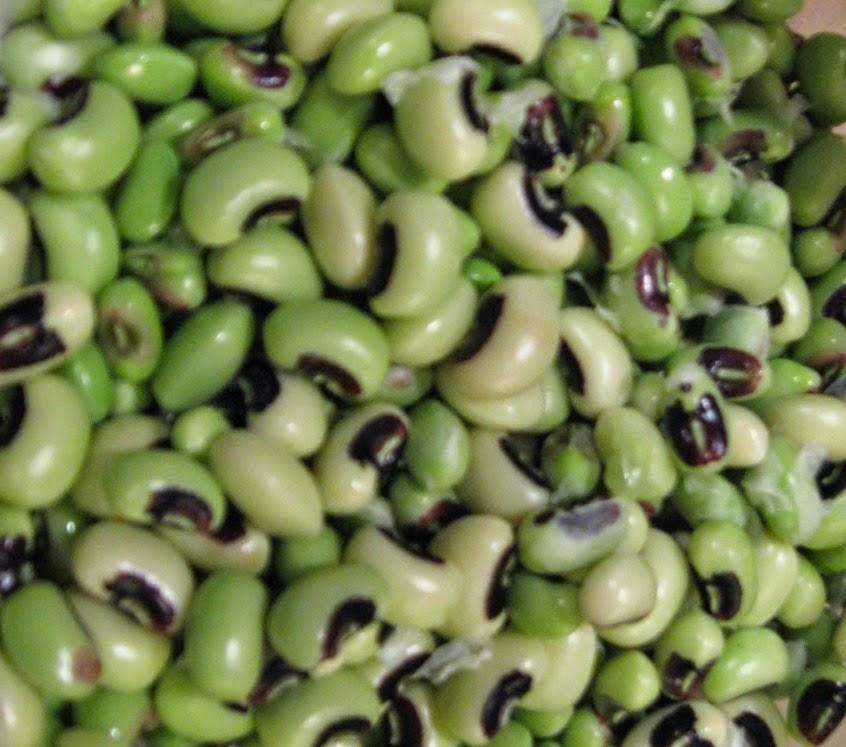Masala Dosa
Whether its for breakfast or for a quick snack in the evening or a light dinner, Dosa goes well anytime.
Varieties such as Ghee Dosa/Roast, Masala Dosa adds to the popularity of Dosa...
Lets prepare Masala Dosa today...
Ingredients:
For Dosa Batter-
Idli Rice/Dosa(Raw) Rice - 5 big glass (1000 gms)
Urad dal - 1 glass (around 200 gms)
Fenugreek seeds - 1 tablespoon
Salt to taste
The ration of Urud Dal to rice is 1:5
Carrot-2 nos
Onion-2(big)nos
Potato-2 nos
Turmeric powder-1 teaspoon
Chilly powder-1 pinch
Green chilly-2 nos
Curry leaves-4-5 nos
Salt to taste
Process:
For Preparing Dosa batter-
Wash and soak rice and urad dal in plenty of water for 4-5 hrs along with the fenu greek seeds (by adding fenugreek, the dosa would get a great smell).
Drain urad dal and preserve the water to use it for grinding.
In a grinder (in case you dont have a grinder, a mixie will be ok but not as good as a grinder) grind urad dal to form a smooth and fluffy batter. During grinding add 2 glasses (around 300 ml) water. Transfer this urad dal batter into a bowl.
In a grinder, grind together drained rice and just enough water to form a smooth batter. Around 500 ml of water would be fine. If the batter is not smooth pour little more water into it.
Mix the rice batter along with the urad dal batter. Keep the batter aside to ferment in a warm place for about 10-12 hours. The bowl should be large enough to accommodate twice the volume of batter. After fermentation the batter will be light and fluffy. This is the method to prepare the dosa batter.
Use sufficient quantity of this batter to prepare masala dosa. Usually for each dosa you would require around 50 ml of batter.
You can refrigerate the remaining batter for later use.
For preparing the Masala for Masala Dosa-
Clean and chop the Carrots and Potatues into small pieces. Clean and cut the onion into two long pieces. Chop the green
chillies vertically. Put all these into a vessel, add around 1.5 glasses (around 300ml) of water, chilly powder, turmeric powder and salt to
taste. Allow to boil and once the water boils, cook it in a low flame. Once vegetables are cooked then mash the potatoes a bit to bring in consistency. Masala for the masala dosa is ready.
Finally, the process to prepare Masala Dosa-
Take a dosa tawa and heat in high flame. Lightly brush it with oil preferably sesame (til/gingelly) oil. If you are using a non-stick pan, do not brush the tawa with oil; if you do so you will
not able to spread the batter on the tawa. Pour around 50 ml dosa batter in the dosa tawa and spread it on the tawa to form a thin and large circle. Spread oil
or ghee over the dosa. Ghee is more tasty and healthy.
When it is cooked, the
edges start to turn brown. Put 2 or 3 teaspoon of the masala prepared earlier over the dosa. Fold the dosa and
serve with sambar and chutney.
#masaladosa, #potatoes, #carrotss, #dosa, #keralarecipes, #indianrecipes, #vegetarian











































.jpg)




